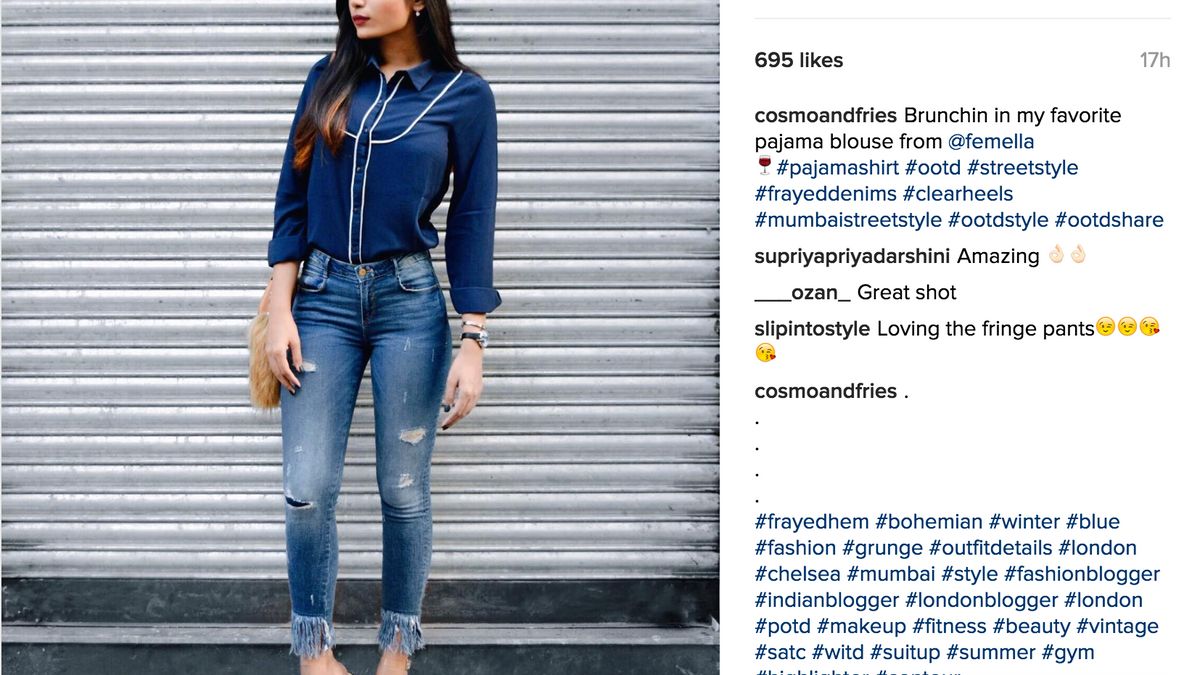Dive Brief:
-
A new report from the influencer marketing firm Mediakix estimates that Instagram commands $1 billion per year in advertisers' spend and that the platform could double that figure by 2019. Mediakix forecasts that influencer marketing will be a $5 billion to $10 billion market overall by 2020.
- Instagram has added 100 million users in the past six months alone, making for 600 million global users total. Eighty percent of those users are outside the U.S. and 400 million check the app daily, according to Mediakix.
-
Instagram's massive share of the influencer economy is helped by both micro-influencers and large celebrities, the latter of which can make up to half a million dollars for a sponsored post. The platform also frequently attracts some of the highest spending brands, many of them retailers, including Target, H&M and Adidas. Instagram was acquired by Facebook for approximately $1 billion in 2012.
Dive Insight:
Instagram is a natural fit for influencer marketing given its focus on photography and lifestyle aesthetics, in particular. The quality of today's mobile cameras, combined with the filtering tools Instagram provides, makes discerning user-generated posts from professionally shot ads increasingly difficult.
Stemming from this, more brands are directing their social spend toward Instagram influencers to reach and engage audiences on the channel, sometimes at lower costs than traditional tactics, as is the case with micro-influencers.
For marketers, influencers are appealing in that they often communicate a more genuine feeling with their followers than pointed advertisements do, though proper disclosure of paid content is an area where many still come up short.
Instagram continually releases a number of influencer-friendly features, from the Snapchat-like Instagram Stories to tap-and-shop photo ads, all of which bolster the toolkit influencers can leverage when partnering with brands. The explosive popularity of Instagram with influencers might be attracting more illegitimate content, however.
Sampling 500 posts using the FTC-required hashtags #ad, #sponsored, #spon and #sp, Mediakix found that 42% came from accounts with fewer than 1,000 followers, making it unlikely the posts were actually paid for. Recent reports additionally suggest the reach of some user-generated Instagram content is overinflated.
LendEDU, in a survey that found millennials view Instagram as the most "narcissistic" social media platform, suggested that trading likes to artificially boost posts is an unspoken code of the Instagram community.









